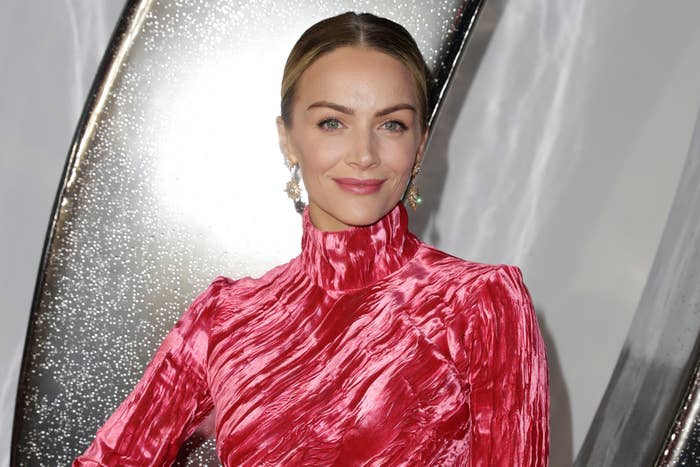
The surprising news that 35-year-old Peloton instructor Leanne Hainsby was diagnosed with breast cancer back in August puts the spotlight on younger women with the disease.
“The whole thing is so eerie and bizarre,” said Paul Baron, MD, who, in addition to being chief of breast surgery at Lenox Hill Hospital in New York City, is a Peloton member and does 80% of his rides with Hainsby. On his recent birthday, he got up at 2 a.m. to do a ride with her (it was 7 a.m. in the UK, where Hainsby is based).
Breast cancer in women under 45 is not common, but it happens. According to the Centers for Disease Control and Prevention, about 9% of the 264,000 new cases of breast cancer diagnosed in the US each year are in women under the age of 45. In the UK, about 5,000 women younger than 45 get breast cancer each year, according to the British charity Breast Cancer Care. That’s about 11% of all new cases of the disease.
Younger women who are diagnosed with breast cancer are more likely to get it from hereditary genes than older women are. But not all cases are hereditary. In general, the majority of breast cancer cases are not due to genetics, and people often don’t have a family history of the disease.
Hainsby posted on Facebook that she found a lump in her breast two days after her best friend’s funeral. She visited one doctor who dismissed her concerns.
A second doctor ordered tests and, indeed, found a malignant tumor. She was scheduled for surgery and has completed 12 weeks of chemotherapy, all the while continuing to exercise and teach. “Chemo is no joke,” she wrote.
Chemotherapy's side effects can include hair loss, serious nausea, vomiting, and fatigue.
While treatment largely depends on the type of cancer and stage, younger women with some types of cancer may do better with chemotherapy, Baron said.
Hainsby will probably preserve much of her long blonde hair thanks to wearing a cold cap during treatment, she said. These are tight skull caps that contain a cold gel or liquid that seem to work by constricting blood vessels to minimize how much chemo penetrates the hair follicles.
Cold caps, she wrote on Facebook, are also “no joke.” Hainsby also posted that she “was lucky enough to be given time ahead of chemotherapy to do a round of IVF.” That means she and her fiancé, Ben Alldis, a fellow Peloton instructor, may be able to start a family. “There’s a high likelihood that chemotherapy can affect fertility,” Baron said. “This can have a huge impact on younger women’s lives.”
A spokesperson for Peloton, where Hainsby has been teaching since 2018, issued a statement to BuzzFeed News via email: “Our love and support is with Leanne and Ben at this time but, as a policy and to respect their privacy, we don’t comment on the personal lives of our team members.”
Hainsby has done everything right, Baron said. She felt a lump, got a second opinion, and is continuing to exercise while getting treatment, although the ability to do so is obviously highly individual and may not be achievable for everyone with breast cancer. “The biggest mistake you can make is to find a new lump and ignore it,” he said.
Exercising while undergoing treatment may help improve survival, Baron said. That’s even if you’ve never exercised before and you start when you’re diagnosed.
Different organizations have different screening recommendations for breast cancer.
The American Cancer Society states that women who have an average risk should have the option of getting annual mammograms when they are aged 40 to 44. Women 45 to 54 should get mammograms each year, while those 55 and older can do either yearly or every other year.
Correction: Hainsby did not mention chemotherapy during a workout session that Baron attended. An earlier version of this story said she did.
UPDATE
This post has been updated with Baron’s comments about younger women getting chemotherapy.
